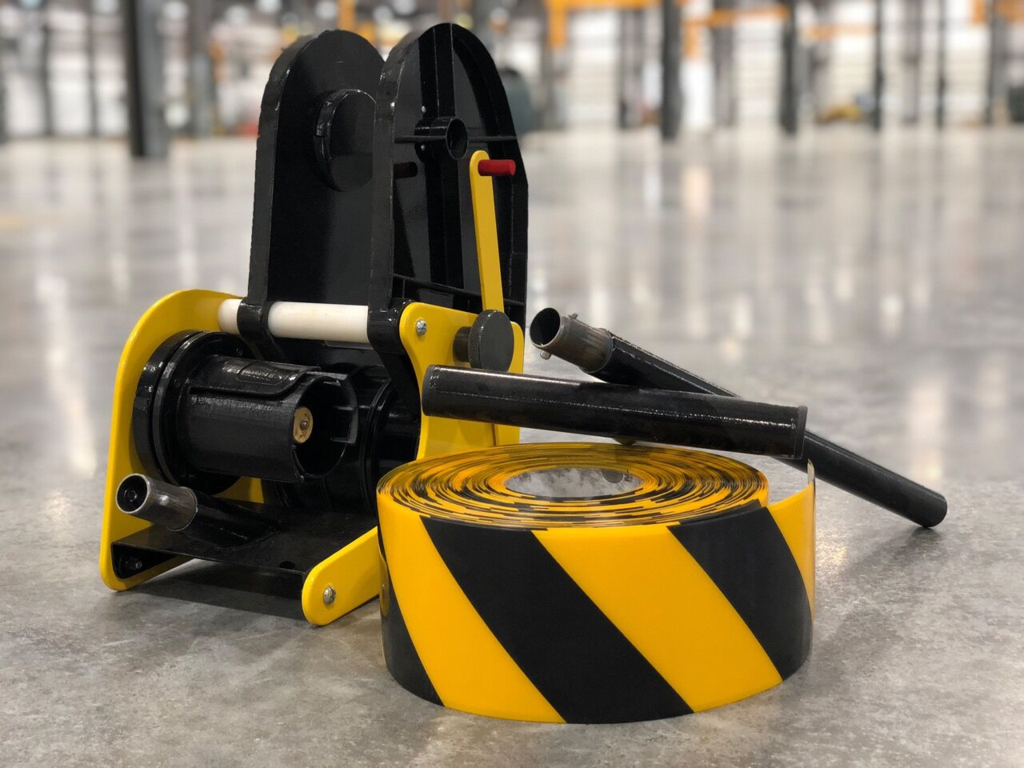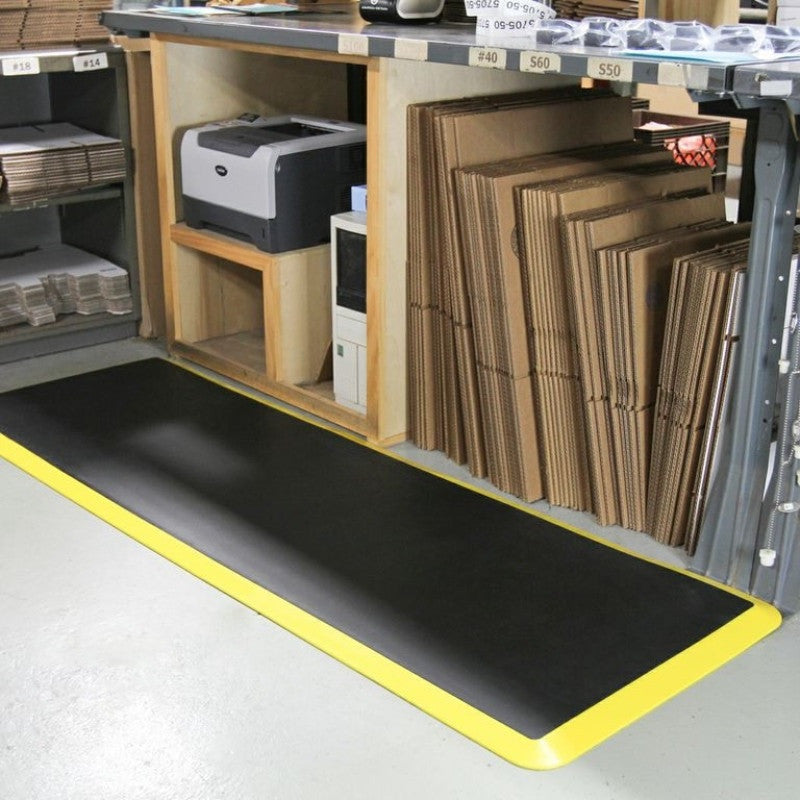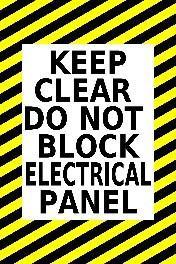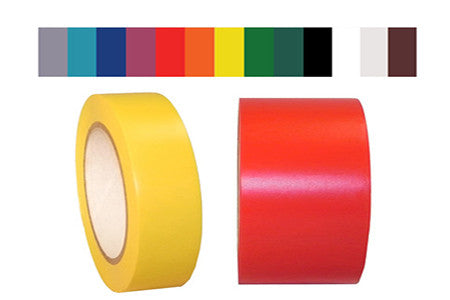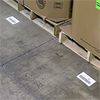Finding an effective problem solving technique for your workplace is extremely significant when implementing lean business practices. Many businesses make the mistake of not using a practical problem solving method, which ultimately leads to lots of time and labor wasted. Time waste is one of the most hurtful forms of waste for your organization, as this is not as measurable as physical material waste.
Last week, we introduced you to an introduction to 5S from the Gemba Academy. Today, we want to share another video from the Gemba Academy; this 10 minute overview of Toyota's problem solving methodology will give you some insights on how to guide your team in finding effective solutions.
First, it is important to define a problem by your company's standards. In this video, a problem is defined in one of three ways:
- When a standard is not achieved.
- When a standard is achieved, but a higher standard is now required.
- When performance to standard varies, as the standard is not consistently met.
Using these guidelines for identifying problems within your organization, you will be able to find more fitting solutions to the issues at hand. Remember, it is necessary for these standards and definitions to be clearly communicated to your team. This will empower them to make decisions for themselves and quickly solve smaller problems before they become larger issues. Additionally, there is less time and energy lost on debating whether or not something is a problem when the definition of a problem is already specified.
Remember, it is necessary for these standards and definitions to be clearly communicated to your team. This will empower them to make decisions for themselves and quickly solve smaller problems before they become larger issues. Additionally, there is less time and energy lost on debating whether or not something is a problem when the definition of a problem is already specified.
As we know, Toyota is a pillar in the history of 5S. Here, we have outlined the 8 step problem solving approach known as the Toyota Business Practice:
1. Clarify the problem. Describe the current situation and gather facts yourself. Find out if the problem has been contained, so no more customers will be affected by the issue.
2. Break down the problem. Find the root cause of the problem and divide it into smaller, more specific facets of the issue you can more easily tackle.
3. Set an achievable target. Make commitments for smaller, solid steps you can take to solving the root cause of the problem.
4. Analyze root cause. See the problem for yourself, rather than relying on a report.
5. Develop countermeasures. Identify the person/team responsible for removing the root cause, how they will achieve this, and when the problem will be completely resolved.
6. See countermeasures through. Seek help and ideas from people on your team. Communicate progress with each person involved.
7. Evaluate both results and process. Were your countermeasures effective, or did luck get you the results needed?
8. Standardize success; learn from failure. Copy and expand good kaizen to other areas of your organization. Find unresolved issues that may also apply the problem solving techniques you used to solve the root cause of this problem.
Other posts you may find interesting:
7 Types of Waste to Eliminate with Lean Processes
A Lean Introduction to 5S: What it is, Why You Need it, Where it Comes From
4 Essential Tips to Create an Empowered Workplace
The 3 Greatest Moments in 5S History




